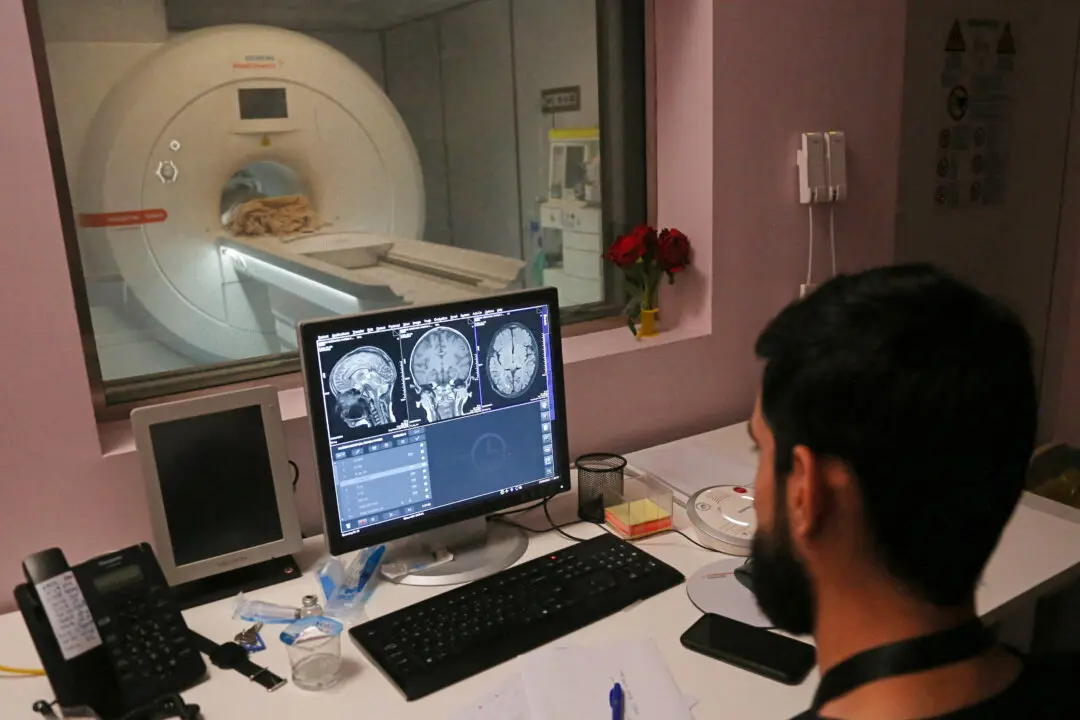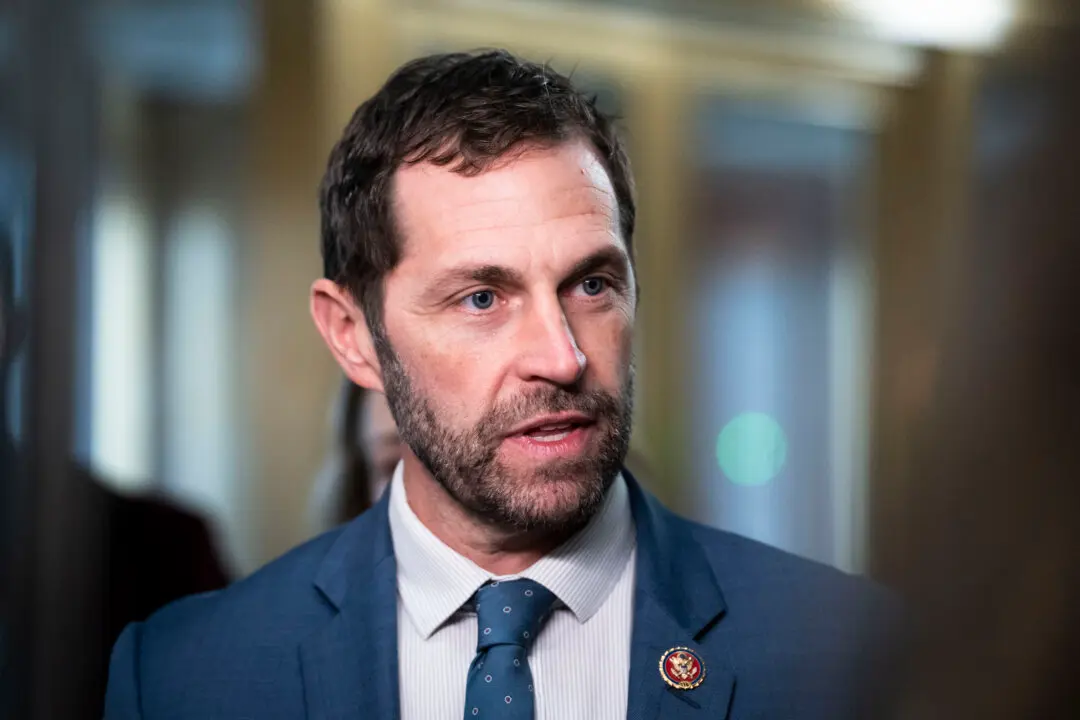House Speaker Nancy Pelosi (D-Calif.) is calling the removal of 11 statues from the U.S. Capitol’s National Statuary Hall Collection, saying they “pay homage to hate.”
The statues represent soldiers and officers who served in the Confederate Army, which lost in the U.S. Civil War. They include statues of Jefferson Davis and Alexander Stephens, who were president and vice president of the Confederacy.





